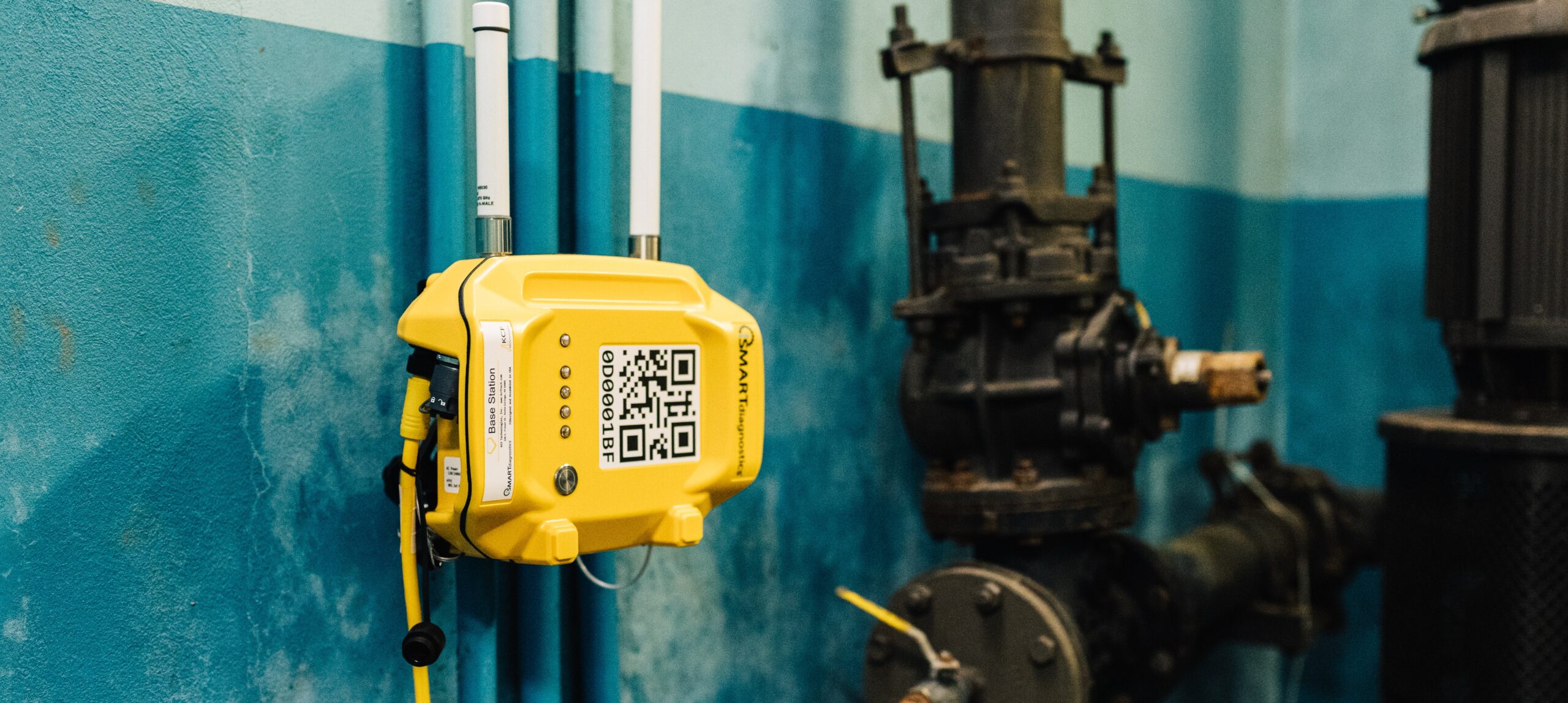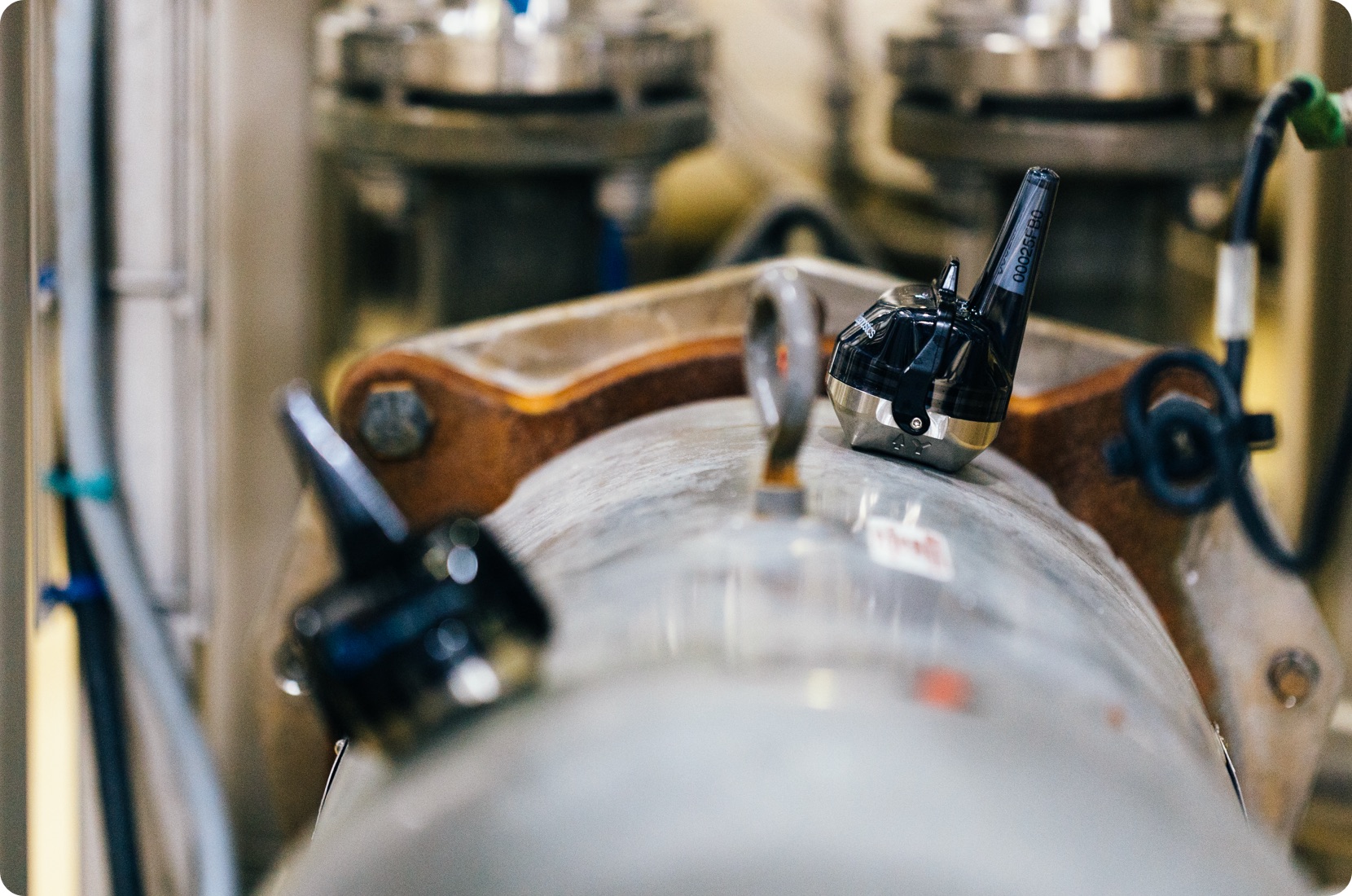Using a variety of hardware and software solutions, including vibration monitoring, early faults can be detected to alert maintenance leads before a catastrophic failure occurs. To be effective, this data must be properly preprocessed and analyzed.
When implemented correctly, a predictive maintenance program helps manufacturers optimize plant resources, reduce maintenance costs, and improve overall equipment effectiveness (OEE).



